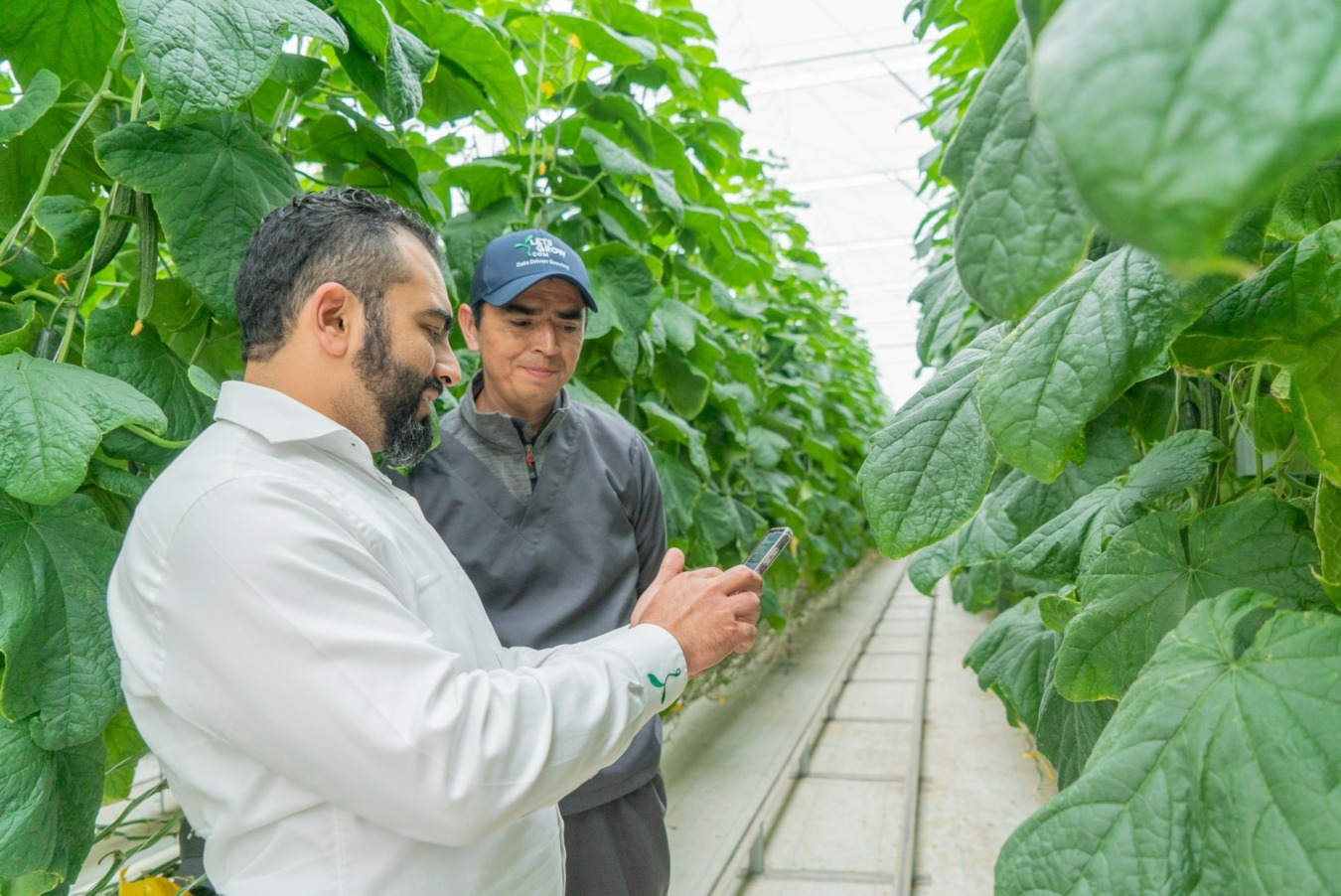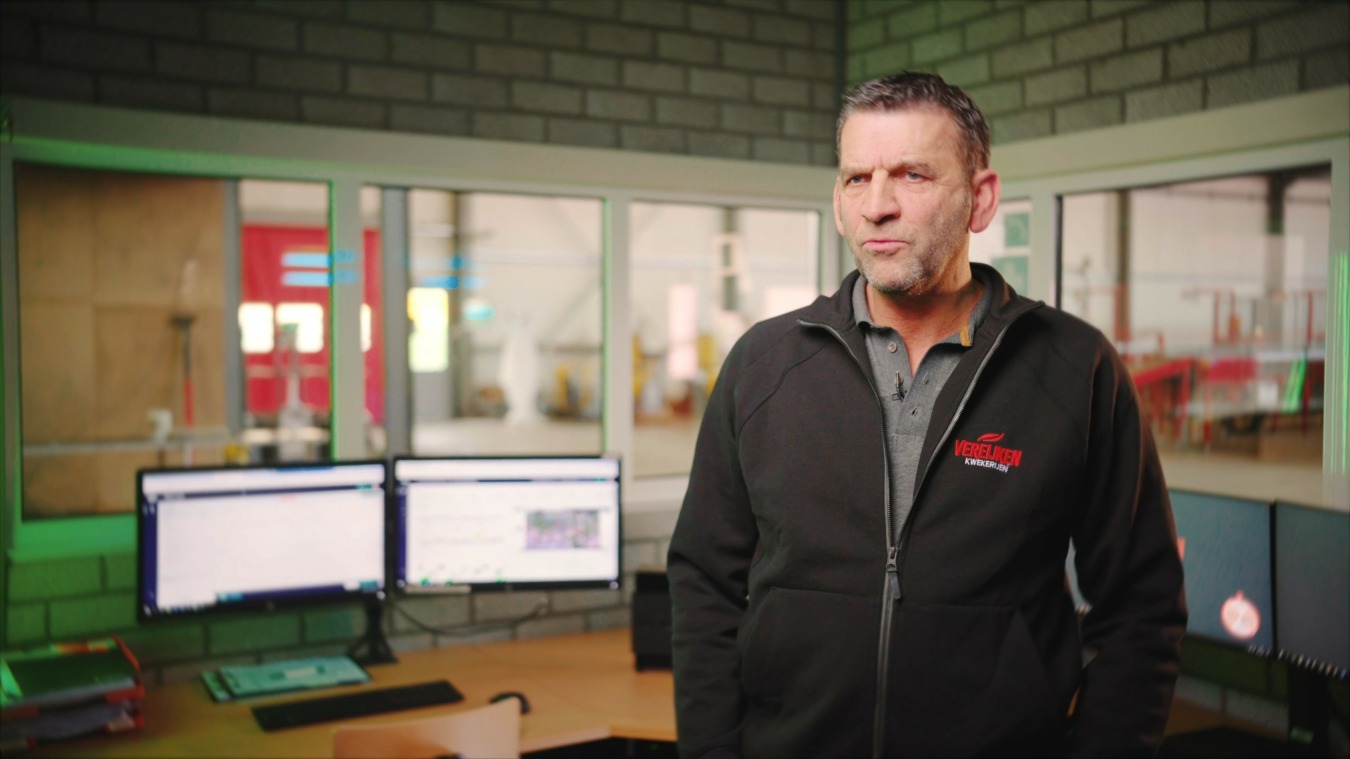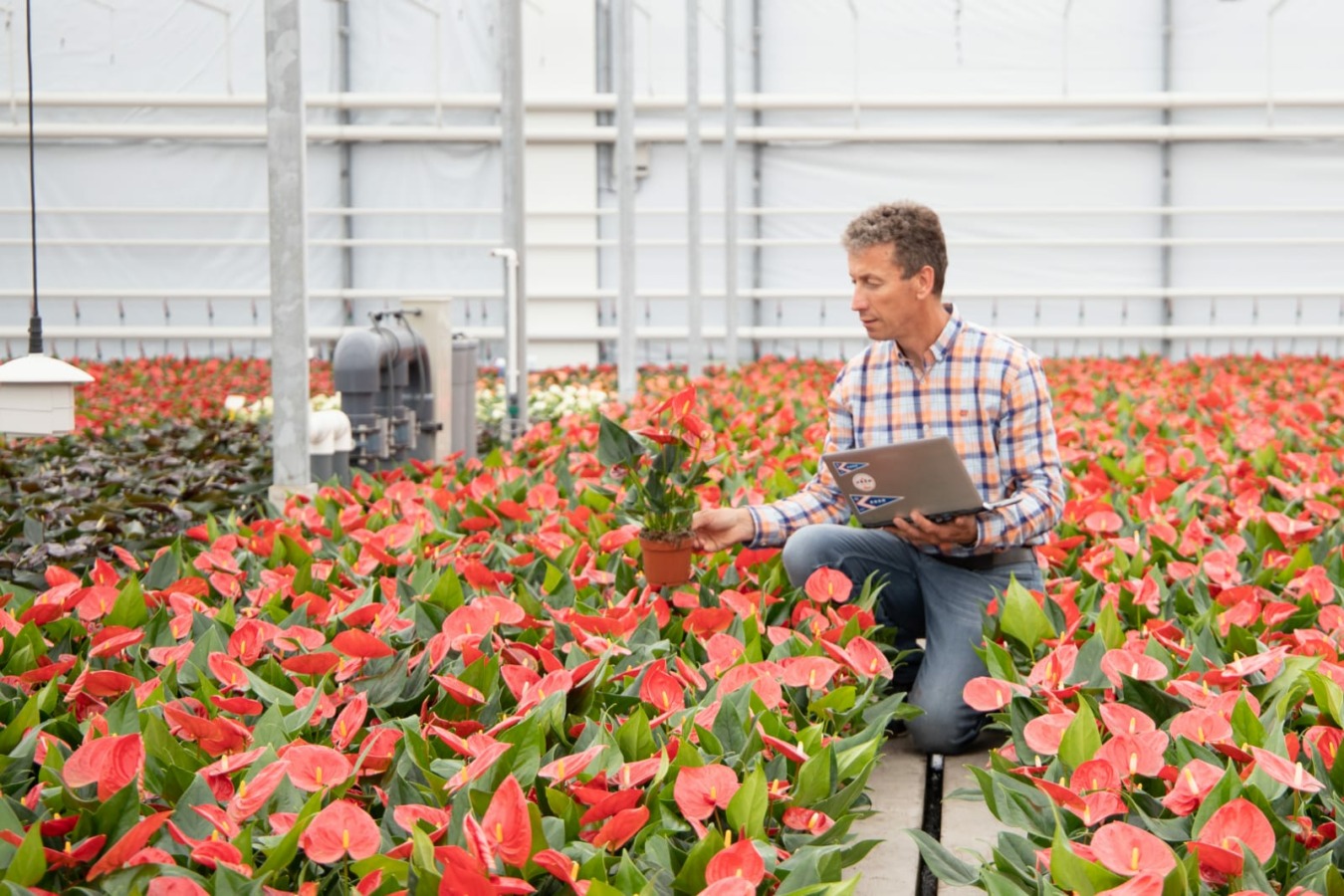
It is still a significant challenge to accurately monitor the stomata conductivity (Gs) of a crop under practical conditions. There is much to gain by achieving insight into Gs, which may be the key to further improving light and CO2-use efficiency by allowing growers and automated climate systems to respond promptly when stomata close. As a result: lower costs, more efficient energy use, and higher yields. Newly developed stomata monitor offers promising perspectives.
In Early February 2019, LetsGrow.com and Plant Lighting started a research project called ‘Monitoring the stomata opening’. The goal of the research was to gain a real-time and accurate insight into the behavior of the stomata. The focus was on the moderately (bell pepper) and the low (anthurium) evaporating crops. Many factors influence this behavior: VPD; convective heat transfer between leaf and greenhouse air; irradiation; CO2, and moisture and EC-status in the substrate. The aim of the project was the development of a robust, reliable, and affordable method to monitor the opening of the stomata under practical conditions continuously. That goal has been achieved.
Using a LICOR 6400 measurement, the researchers were able to scientifically prove that the developed stomata monitor – based on the energy balance of the plant *1) – provides a reliable indication of the stomata behavior of the bell pepper and anthurium crops.
They even made an unexpected discovery: in anthurium cultivation, the long wave heat radiation from the sun-heated shading screen can be a significant stress factor for the crop. Ir. Jan Voogt: “At the same time, this discovery offers opportunities for more efficient light use in shielded crops.”
It is essential to mention that the calculations of the newly developed stomata sensor (and any other model) depend on the sensors in the greenhouse. The accuracy of these sensors and the representativeness of the chosen measuring spot are decisive for the result. In the near future, it is expected that growers will more and more base their strategies on measured data. This is also referred to as Data-Driven Growing. That requires excellent sensors and sufficient attention for positioning and maintenance. LetsGrow.com is already a regular partner for many large growers.
This project has been financed by ‘Kas als Energiebron‘, the innovation and action program of ‘Glastuinbouw Nederland’ (Greenhouse Horticulture, the Netherlands) and the Ministry of Agriculture, Nature and Food Quality. LetsGrow.com has actively contributed by providing expertise and facilities.
*1) The energy balance of a plant is the balance between the energy input and the energy output. Read more about the meaning of the energy balance and how it works in the book “Growing by Plant Empowerment”; ir. P.A.M. Geelen, ir. J.O. Voogt, ing. P.A. van Weel, 2018.
Stay informed
"*" indicates required fields















